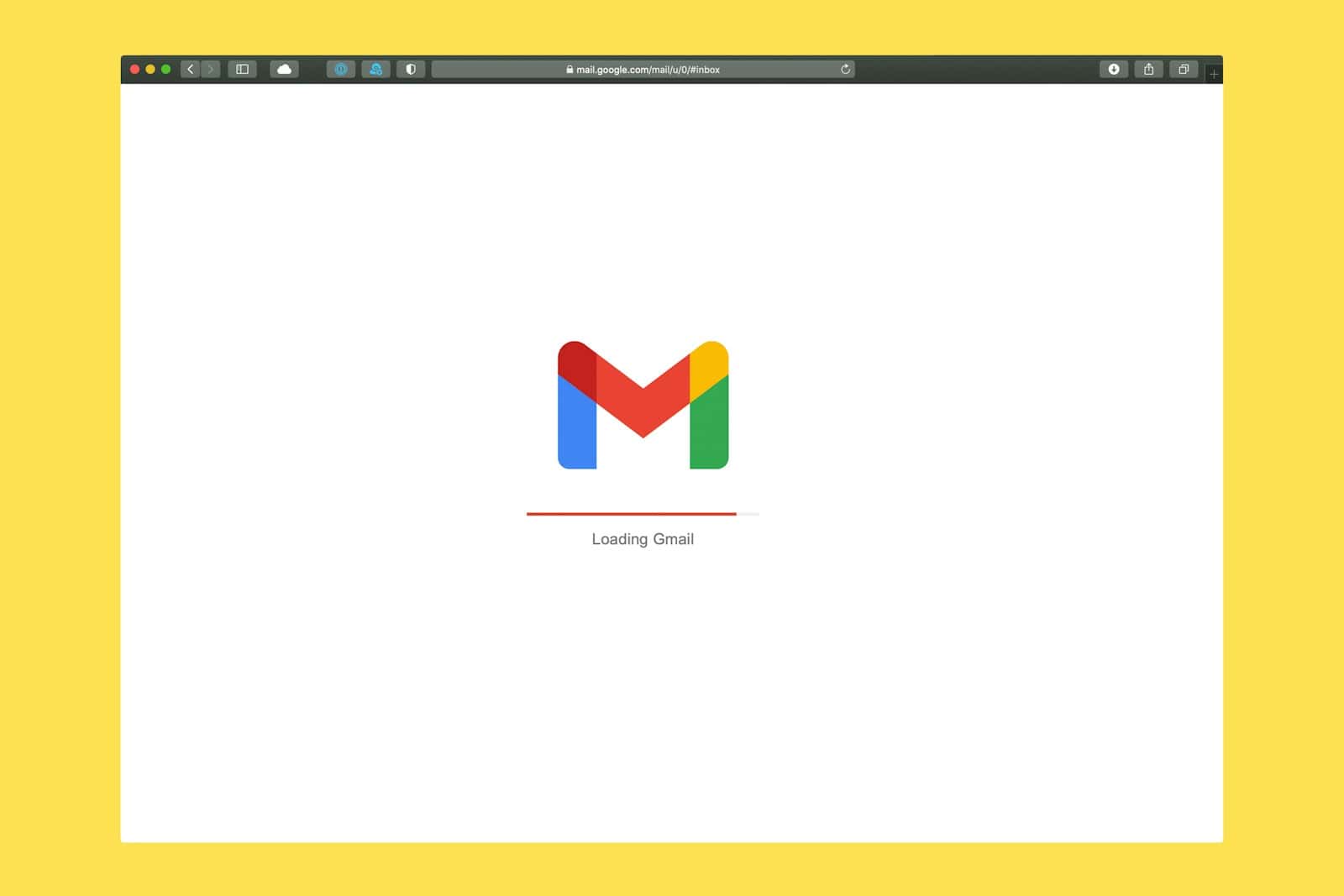In the ongoing battle against spam, Google is set to introduce a powerful new feature for Gmail users: Shielded Email. This innovative tool promises to change how we interact with online services and protect our inboxes from unwanted messages. Shielded Email can effectively eliminate spam for users who use it consistently, as you can deactivate any alias that starts receiving spam. Even for those who occasionally utilize it for riskier sign-ups, it will significantly reduce the volume of spam messages.
With Shielded Email, users can create unique, random email addresses that forward to their personal Gmail accounts. This allows you to sign up for newsletters, create online accounts, or make purchases without disclosing your actual email address. Think of it as a mask for your email. The sender only sees the shielded address, which prevents them from collecting your real email and potentially flooding you with spam or sharing it with third parties.
This move by Google represents a significant step towards enhancing online privacy and security. With Shielded Email, Gmail users can enjoy greater control over their inboxes and reduce the risk of falling victim to phishing scams and other online threats.
Gmail’s “Shielded Email”: A New Weapon in the Fight for Online Privacy
Google is taking a significant step to enhance the privacy of its 2.5 billion Gmail users with a new feature called “Shielded Email.” Leaked details suggest this feature will allow users to generate unique, random email addresses that forward to their personal Gmail accounts, effectively masking their real email address from potentially prying eyes.
How Shielded Email Works
Similar to Apple’s “Hide My Email” functionality, Shielded Email aims to protect users from spam, phishing attempts, and unwanted marketing emails. Here’s how it’s expected to work:
- Generate a Unique Address: When signing up for a service or filling out an online form, Gmail users will be able to generate a random, unique email address through Shielded Email.
- Forwarding to Your Inbox: Emails sent to this generated address will be automatically forwarded to your primary Gmail inbox.
- Maintain Control: You’ll still receive the messages intended for you, but the sender will only see the shielded address, protecting your actual email from being collected and potentially misused.
Benefits of Shielded Email
- Enhanced Privacy: Keeps your real email address hidden from companies and individuals, reducing the risk of spam, phishing attacks, and data breaches.
- Reduced Spam: Minimizes the amount of unwanted email that reaches your primary inbox.
- Improved Security: Adds an extra layer of protection against phishing scams and identity theft.
- Greater Control: Gives you more control over how your email address is used and shared online.
Potential Integration and Availability
While details are still emerging, it’s likely that Shielded Email will be integrated with Android’s autofill function and potentially with Google Password Manager. This would streamline the process of generating and using shielded addresses, especially on mobile devices.
It’s unclear when Shielded Email will be officially released, but it’s anticipated to arrive first on Pixel devices, given Google’s recent trend of prioritizing its own hardware for new feature rollouts. Whether this feature will extend to desktop Gmail and other Google services accessed via Chrome remains to be seen.
A Welcome Addition to Gmail’s Privacy Arsenal
Shielded Email is a welcome addition to Gmail’s growing suite of privacy and security features. As AI-powered phishing scams become increasingly sophisticated, this tool will provide users with a valuable layer of protection against online threats.
By masking their real email addresses, Gmail users can interact with online services and individuals with greater confidence, knowing that their personal information is better protected. This move by Google underscores the company’s commitment to user privacy and its ongoing efforts to create a safer online experience.
The world of email communication is undergoing an alarming shift as reports surface regarding an advanced AI-driven phishing scam targeting an unsettling 2.5 billion Gmail users. Alarmingly convincing, this scheme has left many questioning the safety of their accounts and personal information.
Short Summary:
- Google is addressing newer AI-driven phishing threats against its Gmail users.
- More than 2.5 billion active Gmail accounts make the platform a major target for cyber criminals.
- A partnership between Google and the Global Anti-Scam Alliance aims to strengthen defenses against these evolving threats.
The Emerging Threat of Ai Email Scams
The digital landscape presents numerous challenges as Gmail users increasingly face sophisticated phishing scams driven by artificial intelligence. While AI has many beneficial applications, it has also found a darker purpose in the world of cybercrime. A recent report indicates that Google has launched a significant initiative to address this complex issue, particularly given the rising concerns about the security of its 2.5 billion users.
Sam Mitrovic, a solutions consultant at Microsoft, shared his experience of narrowly escaping an exceptionally advanced scam that leveraged AI techniques to increase its credibility. His ordeal began with a seemingly harmless notification about a Gmail account recovery request—a classic phishing tactic designed to trick users into providing sensitive information through a fake login portal.
“I received a notification to approve a Gmail account recovery attempt,” Mitrovic reported on his personal blog. “Initially, I ignored it, thinking nothing of it, but a follow-up call from someone who claimed to be Google support triggered my alarm bells.”
This incident was just the beginning of a series of harrowing exchanges that unfolded over the next week. Despite avoiding the initial notifications, he received a second recovery request, followed closely by a call from an individual touting to be from Google support. This time, Mitrovic took the call.
The Mechanics of Deception
During the call, the supposed support technician claimed that suspicious activity had been detected on Mitrovic’s account and that an unauthorized individual had allegedly downloaded sensitive data over the past week. Alarmingly, the caller engaged him with questions intended to validate the fraudster’s claims, furthering the sense of urgency and panic.
“He asked if I was traveling, which I wasn’t, and then questioned about a login from Germany,” Mitrovic recounted. “The whole scenario felt distressingly real.”
Feeling a twinge of skepticism, Mitrovic Googled the phone number mid-conversation, discovering it was tied to actual Google business pages. Despite this, he later recognized that phone numbers listed on such pages can often direct to customer support centers linked to Google services, which added an extra layer of legitimacy to the caller’s claims.
Determined to verify the call, Mitrovic asked the caller for an email confirmation. He received a message that, on the surface, appeared genuine since it came from a Google domain. However, closer inspection revealed the “To” field contained a cleverly disguised address that was not affiliated with Google, raising red flags.
“At that moment, I realized that I was dealing with AI-driven tactics combined with smart phishing methodologies,” Mitrovic noted.
Wider Implications: The Use of AI in Cybercrime
Mitrovic’s experience is not an isolated incident; it is part of a larger trend of evolving cyber threats. Garry Tan, founder of venture capital firm Y Combinator, echoed similar concerns regarding the increasing prevalence of AI in phishing attacks. He detailed his encounter on social media, highlighting an audacious scam that involved a caller impersonating Google support, claiming a family member had submitted a death certificate linked to his account recovery.
“It’s a pretty elaborate ploy to get you to allow password recovery,” Tan cautioned.
These encounters illustrate an alarming development in the phishing landscape, where AI is not only utilized to enhance the credibility of the impersonators but to replicate human interactions convincingly. As such scams become increasingly sophisticated, many users, including those in positions requiring high security, remain at risk.
Google’s Response: The Global Anti-Scam Initiative
In light of these rising threats, Google has proactively partnered with the Global Anti-Scam Alliance and the DNS Research Federation to spearhead the Global Signal Exchange (GSE)—an initiative designed to facilitate real-time intelligence sharing between organizations concerning scams affecting their respective user bases.
“By leveraging the strengths of each partner, the GSE aims to enhance the detection and prevention of fraudulent activities, contributing to broader cybersecurity efforts,” stated Amanda Storey, Google’s senior director of trust and safety.
The GSE is positioned to serve as a global data hub where pertinent information and insight into cybercrime can be exchanged, thereby allowing for more effective identification and disruption of scams across various sectors. Initial tests of this platform have resulted in the sharing of over 100,000 malicious URLs, cementing Google’s commitment to combating scams effectively.
Protecting Yourself: Practical Measures to Consider
As users increasingly navigate these complex threats, employing proactive strategies to safeguard personal information is essential. Here are five practical tips for mitigating the risk of falling victim to Gmail phishing scams:
- Understand Google’s Automated Systems: Recognize that Google typically employs automation to address user-related issues; the company does not initiate unsolicited calls.
- Inspect Email Addresses Thoroughly: Always cross-check sender email addresses for legitimacy, as demonstrated in Mitrovic’s experience with a spoofed address.
- Avoid Links and Attachments: Refrain from clicking on unknown links and downloading suspicious attachments, opting to navigate directly to trusted websites instead.
- Enable Two-Factor Authentication (2FA): Utilize 2FA to add an additional verification layer for email access, making it harder for scammers to achieve unauthorized access.
- Monitor Accounts Regularly: Keep a vigilant eye on account transactions and set up alerts for any unusual login attempts or changes.
The Role of Google Moving Forward
AI technology presents significant challenges for both users and tech companies. The sophisticated use of AI in scams poses a serious threat, increasing the urgency for platforms like Google to strengthen their security measures and filtering systems to effectively protect their large user base. Google’s ongoing initiatives, including the Advanced Protection Program for high-risk users, provide a framework to address these emerging threats. This program features robust security measures that restrict unauthorized access and streamline verification processes, ensuring better protection for vulnerable accounts.
“The goal of these initiatives is not merely to react to threats but to preemptively fortify our digital defenses,” a Google representative stated.
Although the challenges posed by AI-driven scams are significant, staying informed about the tactics used by attackers—along with empowering users with knowledge—remains one of the best defenses against potential breaches. For Gmail users, the key is to maintain vigilance, skepticism, and proactive engagement with new protective technologies.







